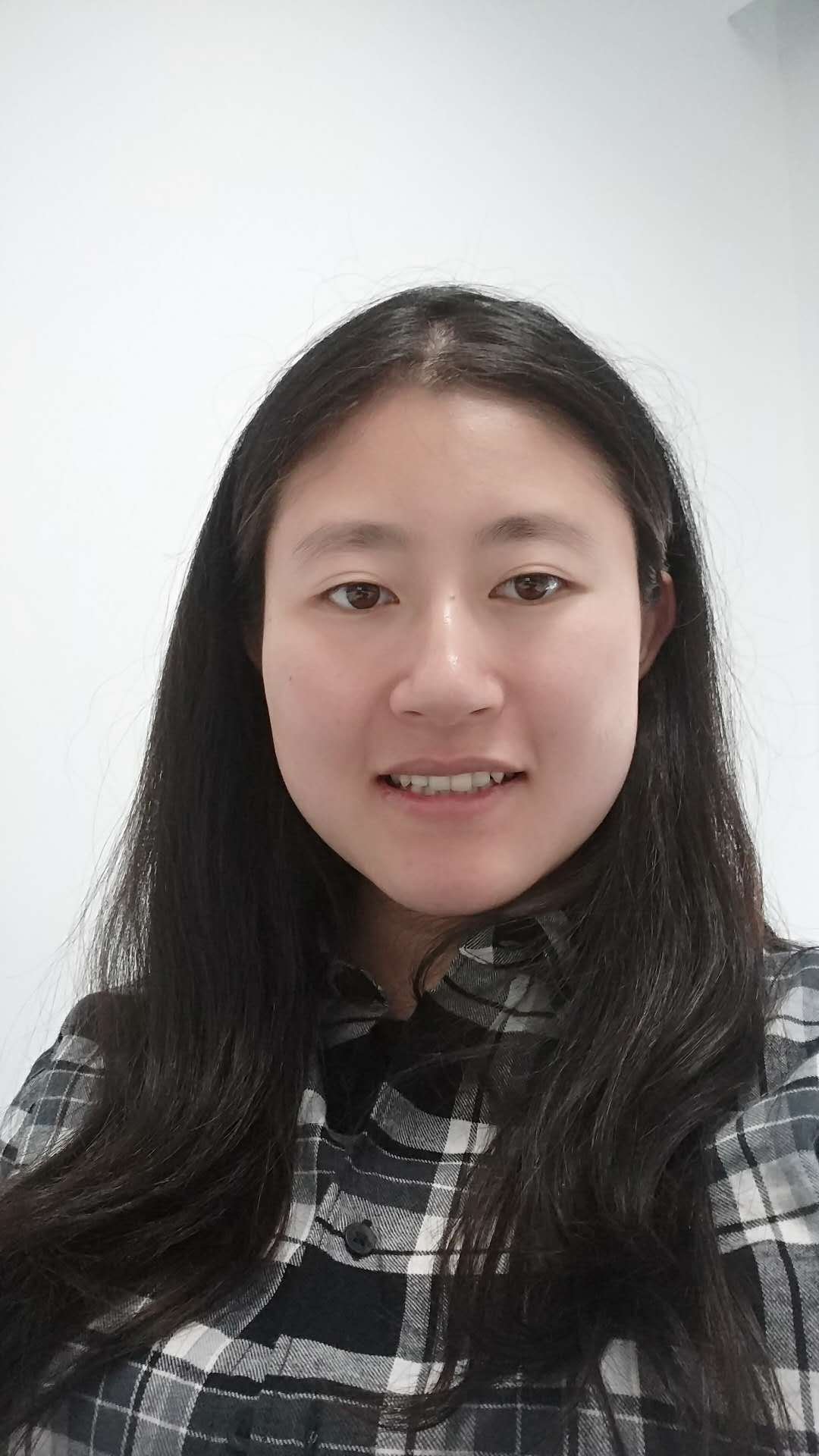Artificial intelligence & robotics
Haobo Li
The integration of data science and energy science, with a specific focus on using AI tools in energy catalysis.

Global
Irene Solaiman
A new approach to the release of GPT-2, a predecessor to ChatGPT.

Europe
Gerardo Portilla
Director of Hardware Engineering & Robotics, Petaoptik

Global
Sasha Luccioni
Developed a better way for tech companies to estimate and measure the carbon footprint of AI language models.

Global
Forrest Meyen
Helping make space exploration more affordable and give the space mining industry a boost.
